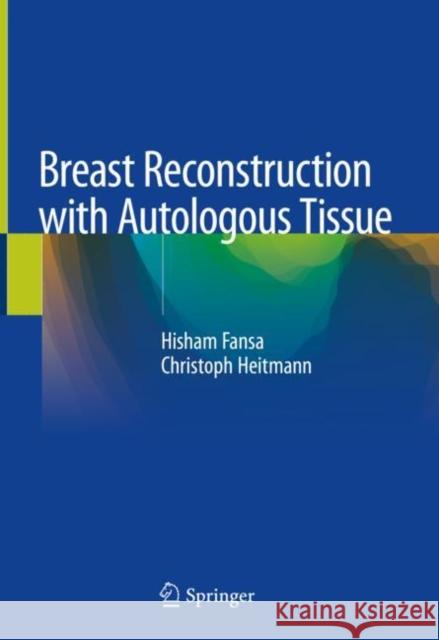Breast Reconstruction with Autologous Tissue » książka
topmenu
Breast Reconstruction with Autologous Tissue
ISBN-13: 9783319954677 / Angielski / Twarda / 2019 / 192 str.
Kategorie BISAC:
Wydawca:
Springer
Język:
Angielski
ISBN-13:
9783319954677
Rok wydania:
2019
Wydanie:
2019
Ilość stron:
192
Waga:
0.68 kg
Wymiary:
25.4 x 21.59 x 1.52
Oprawa:
Twarda
Wolumenów:
01
Dodatkowe informacje:
Wydanie ilustrowane











